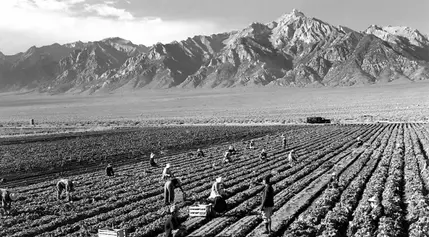In today's image-saturated world, the role of intention in photography has never been more critical. As cameras become ubiquitous, the difference between a casual snapshot and a meaningful photograph lies in the photographer's deliberate approach. This article explores how intentional thinking transforms photography from mere documentation into an expressive art form, examining both historical precedents and contemporary practices.
Understanding the Essence of Intentional Photography
Photography is often seen as a spontaneous act, but true artistry emerges when photographers bring purpose to their work. Intentionality involves thoughtful planning at every stage—from conceptualizing a project to selecting subjects and composing images. This deliberate process allows photographers to convey deeper meanings and emotions, distinguishing their work from impulsive captures.
Intentionality in photography means making conscious decisions about composition, lighting, and subject matter. It requires reflecting on what one wants to communicate and why. By slowing down and focusing on a clear vision, photographers can transform their medium from a mechanical tool into a powerful means of personal expression. This shift not only enhances individual images but also builds a coherent body of work that resonates with viewers on multiple levels.
Distinguishing Reactive from Intentional Approaches
Two photographers walking down the same street may produce vastly different results based on their mindset. A reactive photographer might capture whatever catches their eye—spontaneous moments that are visually appealing but lack cohesion. In contrast, an intentional photographer approaches the scene with a pre-defined theme or concept, actively seeking elements that align with their vision.
This distinction manifests technically as well. While a reactive photographer might rely on automatic settings, an intentional photographer takes control over camera functions like aperture and shutter speed to ensure each image fulfills a specific idea. The result is not necessarily superior in technical terms but consistently conveys a meaningful narrative. Over time, this approach helps develop a distinct photographic identity and a unique artistic voice that stands out across various projects.

